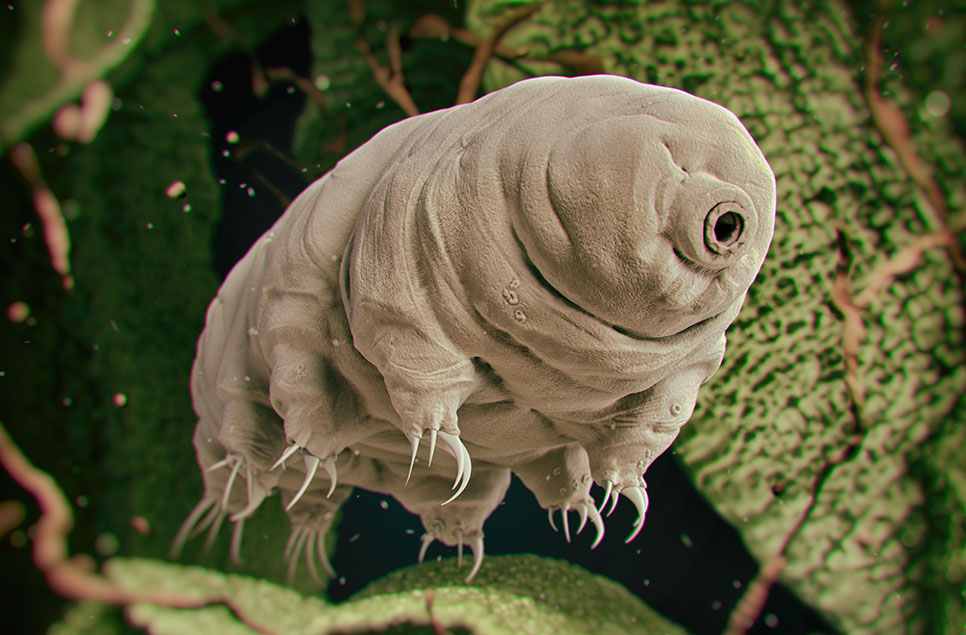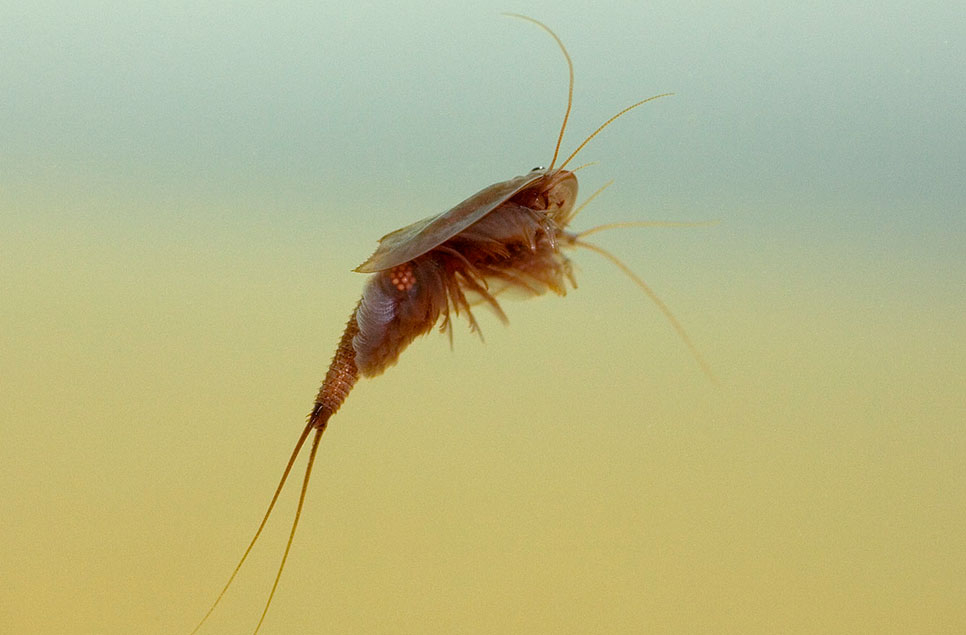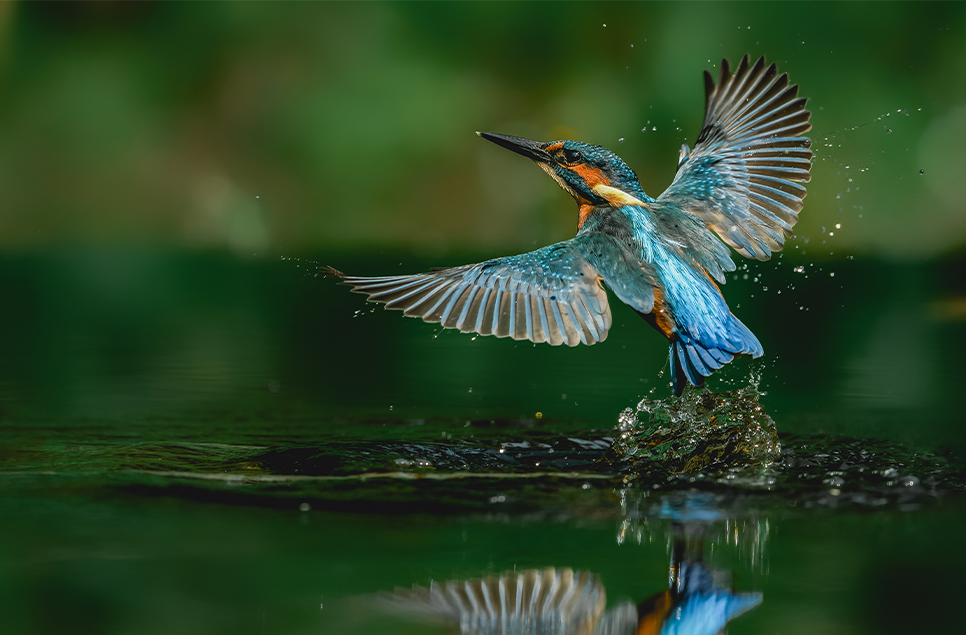Wetland Warriors: Tadpole shrimp and tardigrades
There are two wetland animals that are unparalleled in their ability to survive whatever is thrown at them; extreme radiation, the vacuum of space… Being microwaved. Yes, it's the unassumingly named water bears and tadpole shrimp.
Wetland wildlife is tough. It has to be. How else would our Bewick’s swans cover 4500km every winter? How else would European eels navigate the breadth of the Atlantic to breed? How else would a coot have the drive to squabble all day?
However there are two wetland animals that are unparalleled in their ability to survive whatever is thrown at them; extreme radiation, the vacuum of space… Being microwaved. These animals are serious hard nuts. Ladies and gentlemen, the tardigrades and the triops, otherwise known as water bears and tadpole shrimps.
Err… what are they?
Tardigrades belong to a family called micro-animals. They’re eight legged creatures no more than 1mm long, and have been discovered in some of the most inhospitable regions on Earth. They tend to feed on moist vegetation, fungi and lichens, sucking the moisture from them. However, some tardigrades have been known to eat – eek – other tardigrades. They love water, but can somehow survive drying out (a process called cryptobiosis), extreme heat, and freezing cold.

The tadpole shrimp, or triops (meaning three-eyed) is often claimed to be a living fossil as it hasn’t changed in any major visible way since the Triassic period about 220 million years ago. As such they are among the oldest, relatively unchanged, living animal species known.
Once only thought to survive in seasonal ponds in the New Forest, a new colony was discovered in 2004 in a small pool at WWT Caerlaverock in Scotland, where the species now exists across a broad area of a few kilometres in about ten or twelve different ponds, though we are discovering new ones all the time.

But who would win in an endurance test? Let’s find out!
| TARDIGRADES | TRIOPS | |
| NICKNAME | Water bear, moss piglet | Tadpole shrimp |
| Winner | Is there a cooler name in the animal kingdom? | |
| APPEARANCE | Like a walking pillow with a pipe for a face | Slightly terrifying miniature horseshoe crab… but also cute? |
| Winner | Tardigrades look like they give good hugs | |
| NUMBER OF LEGS | Only eight | Up to 140 |
| Winner | The leggy triops of course | |
| NUMBER OF EYES | We don't really know | Three |
| Winner | Three is the magic number | |
| WHERE DO THEY LIVE? | Anywhere wet, practically | In ephemeral pools where there are no predators |
| Winner | Tardigrades for being less fussy | |
| HOW OLD ARE THEY? | 530 million years old | 220 million years old |
| Winner | Grandaddy tardigrades | |
| HOW BIG ARE THEY? | Up to 1mm | Up to 11cm |
| Winner | Triops are easier to spot | |
| DURABILITY | Can survive for 30 years without food or water | Eggs can remain dormant for 20 years waiting for prime conditions |
| Winner | Tough-nut tardi | |
| SUPER POWER |
Built to survive global mass extinction events and pretty much impossible to kill |
Their eggs are built with a special structure that can withstand drought, extreme temperatures and lethal doses of radiation |
| Winner | Tardigrades edge this | |
| CAN THEY SURVIVE IN SPACE? | Yes – they’ve orbited the earth on the outside of a FOTON-M3 rocket for ten days | During tests on the International Space Station (ISS) they survived in open space for 18 months! |
| Winner | Tardis are famous for this, but triops are the standout space invaders | |
| RESULTS | 6 | 4 |
Final thoughts: They both outlived the dinosaurs and it’s safe to bet they’ll outlive us. However, we have our winner. All hail the tardigrades!
Tardigrades and tadpole shrimp are good at endurance, but even tadpole shrimp nearly disappeared from the UK due to habitat loss, showing how all wetland species are reliant on all different types of habitats in balance to thrive.
Love learning about wildlife? Find more fun facts, wildlife ID and frequently asked questions on our blog.
Restoring species
From ducks to dragonflies and everything in between, WWT takes an ecosystem approach to species conservation, aiming to protect a whole range of wetland species by focusing on interventions for a few and creating, restoring and connecting wetland habitats in different locations.
Find out more about our work

